Last week, I had the privilege of speaking at the Circles of Connections event hosted by the Society of Jainism and Entrepreneurship at Imperial College London. The event was organised by Yash Shah and Hrutika S., and generously sponsored by Koolesh Shah and the London Town Group, with support from Nikhil Shah, Priyanka Mehta, and Ambika Mehta.
The experience reminded me that leadership isn’t just about vision or results — it’s about how you show up, and why you do what you do.
During my talk, I shared stories from my journey in business and reflected on how the principles of Jainism have quietly shaped the way I lead. I’m not a strict Jain, but I deeply respect the values passed down to me by my grandfather and father. Three in particular — Ahimsa (non-violence), Satya (truth and transparency), and Dana (charity through entrepreneurial spirit) — have become anchors in how I make decisions, lead teams, build culture, and, most importantly, how I treat people.
These values don’t just influence your actions. They define your identity — and over time, they shape how others experience your leadership.
It was energising to connect with students, emerging entrepreneurs, and peers — each on their own journey, yet all driven by purpose and values.
Leadership and legacy are not separate tracks. The strongest leaders carry both — and pass them forward.
(This reflection was originally shared on LinkedIn by Hatul Shah, CEO of Sigma Pharmaceuticals.)
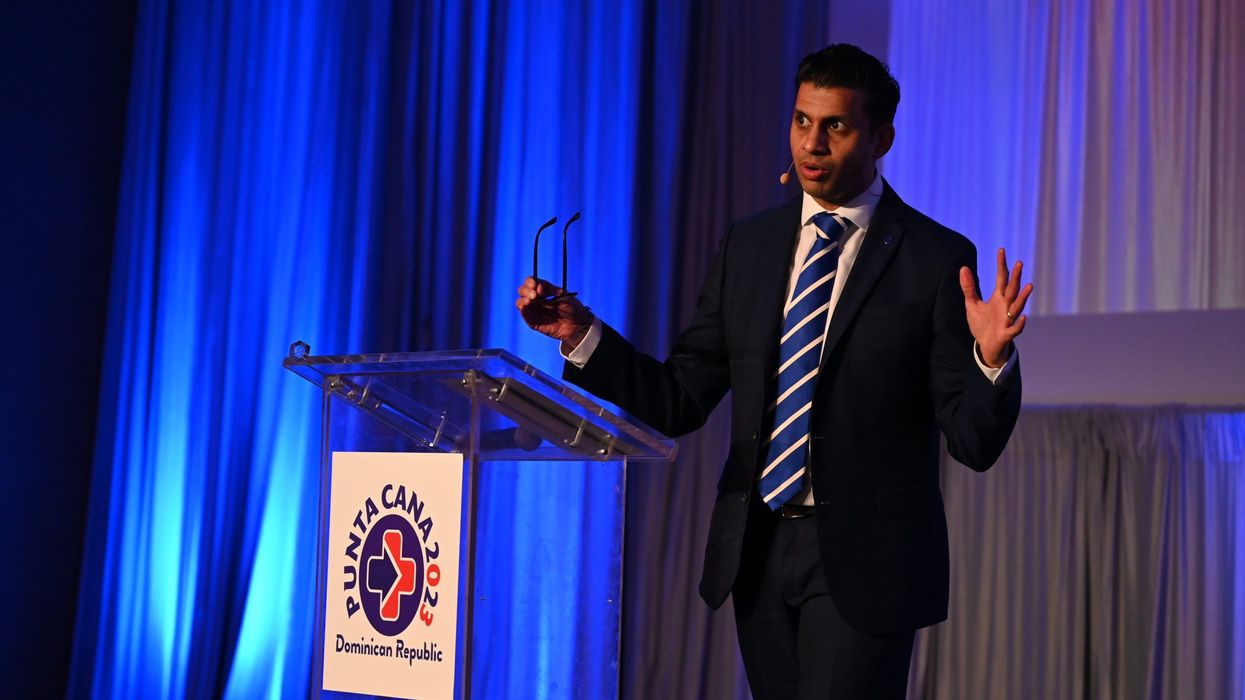


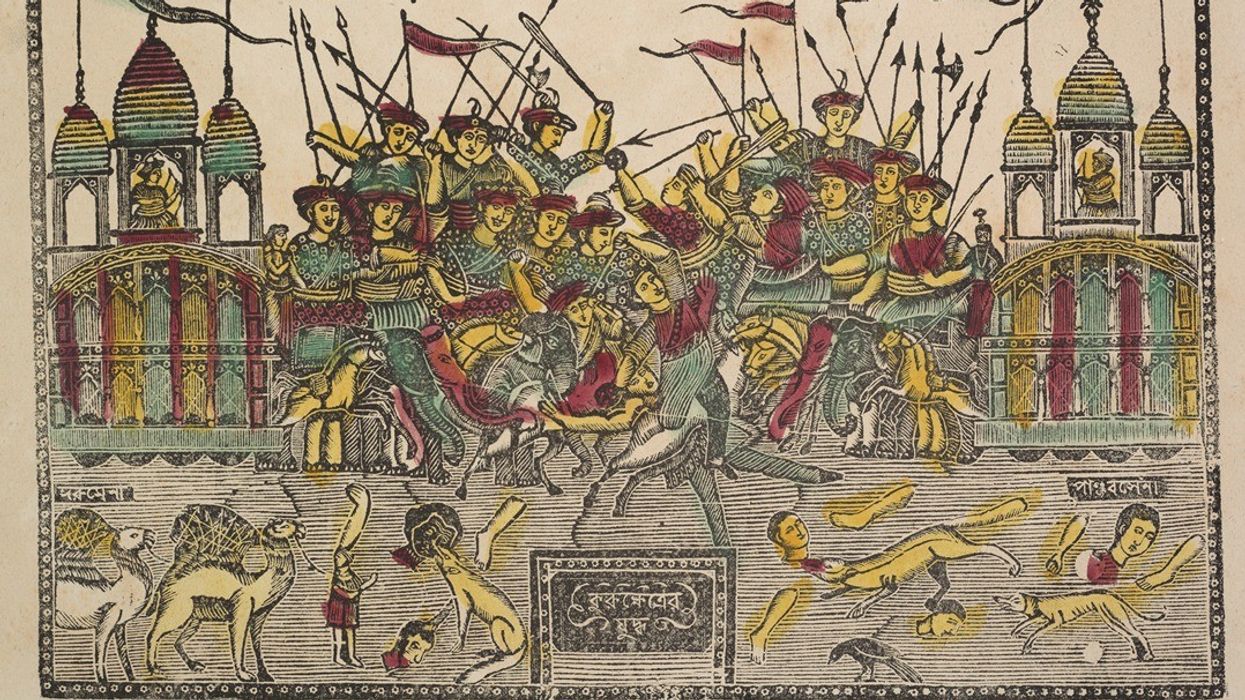
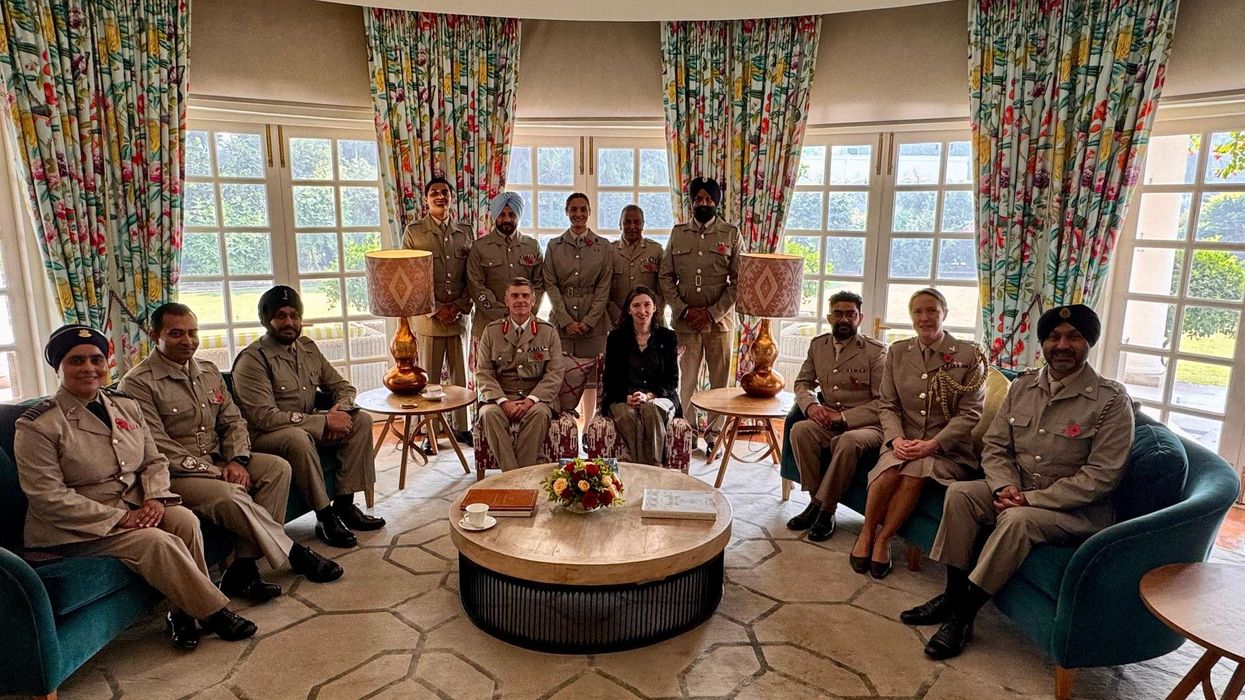


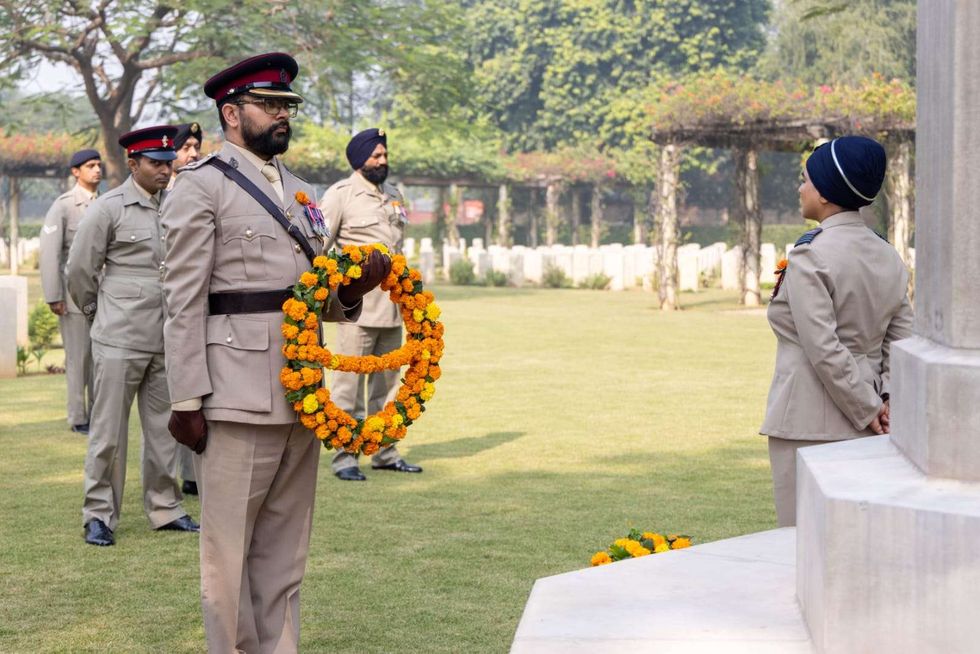
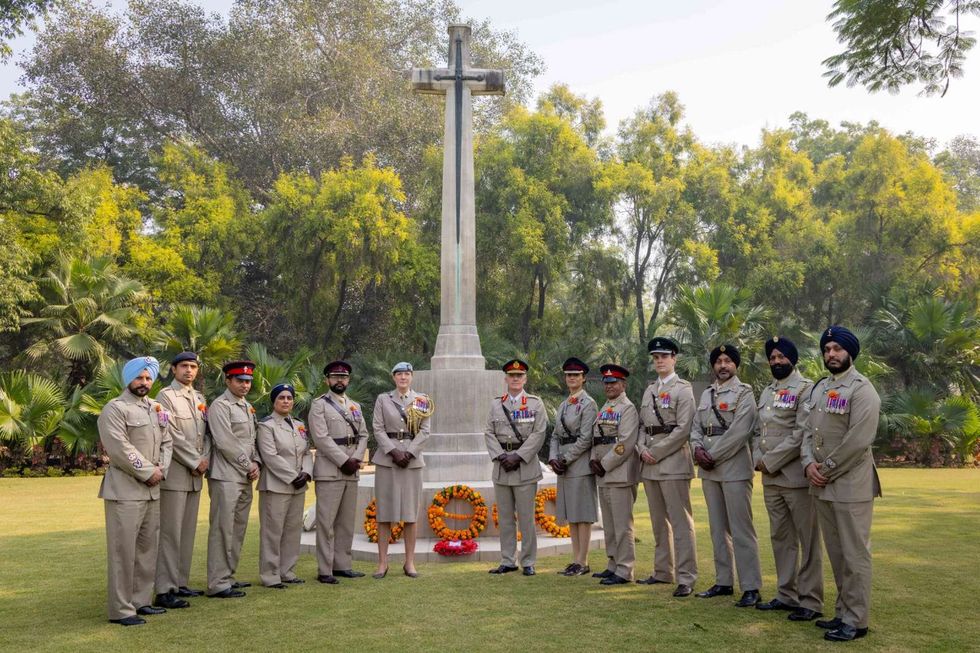
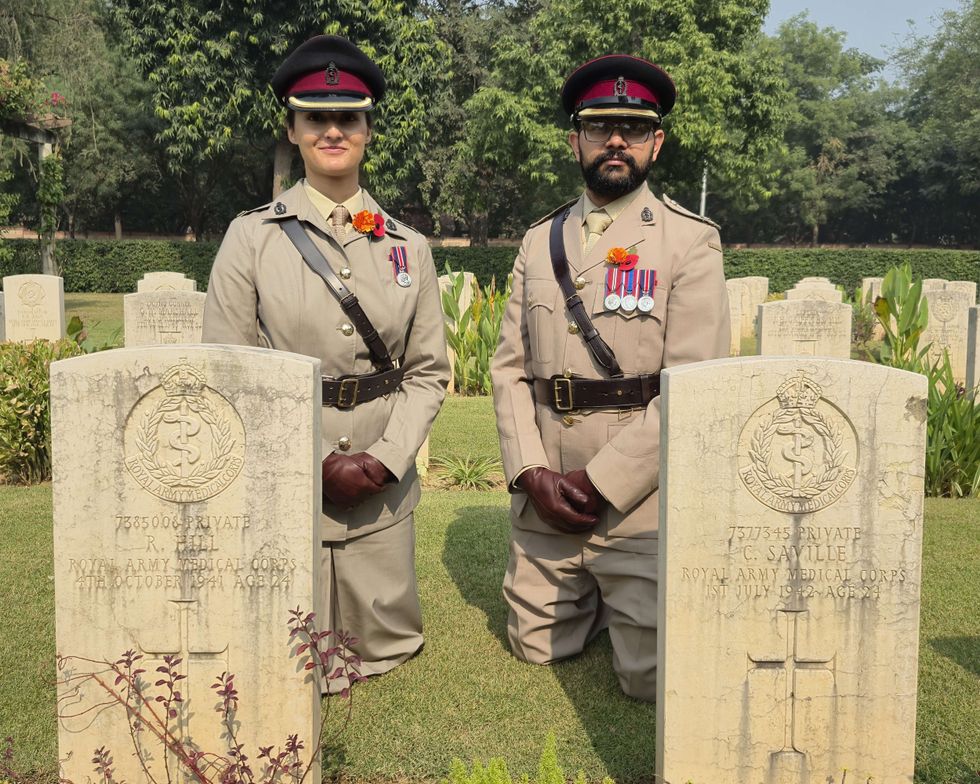
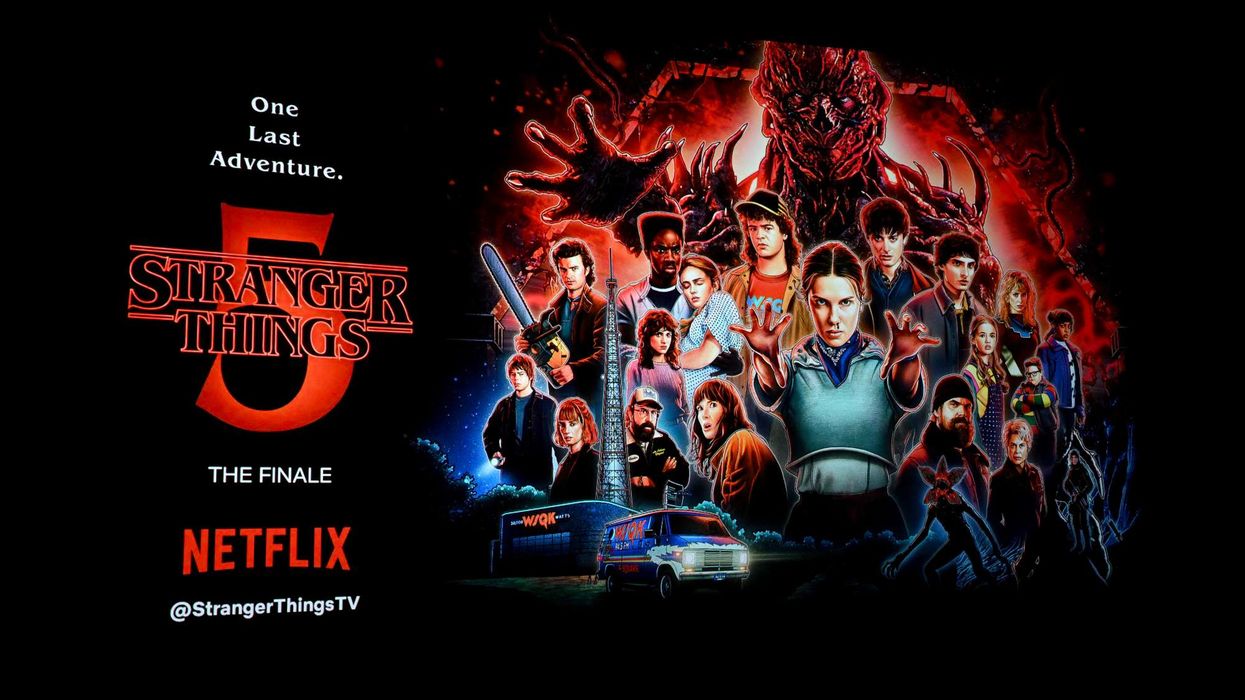






Anurag Bajpayee's Gradiant: The water company tackling a global crisis